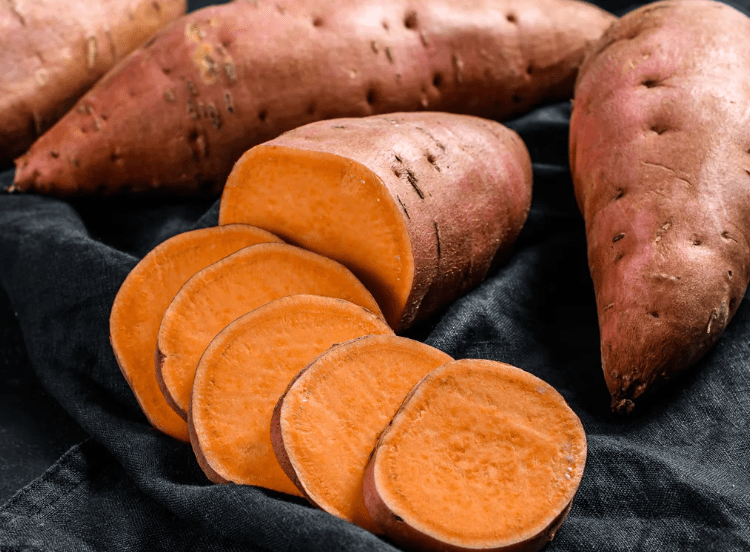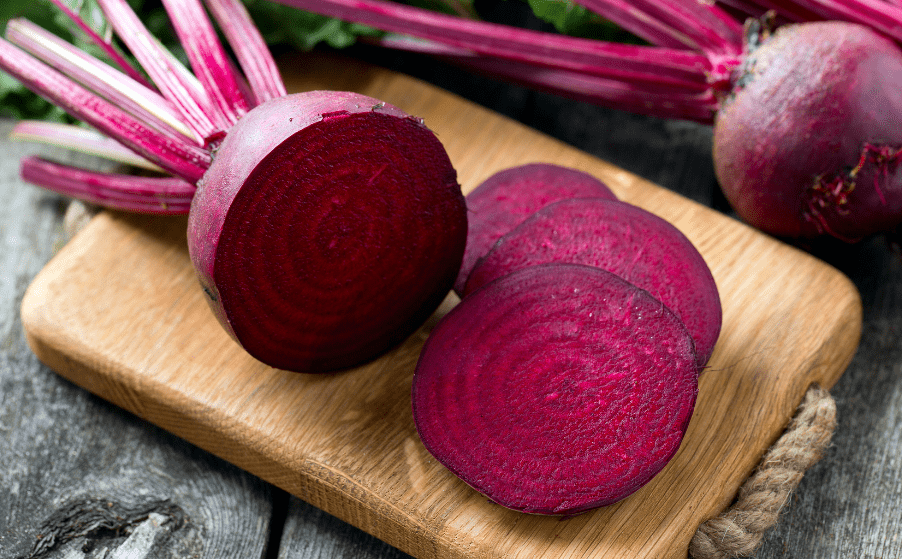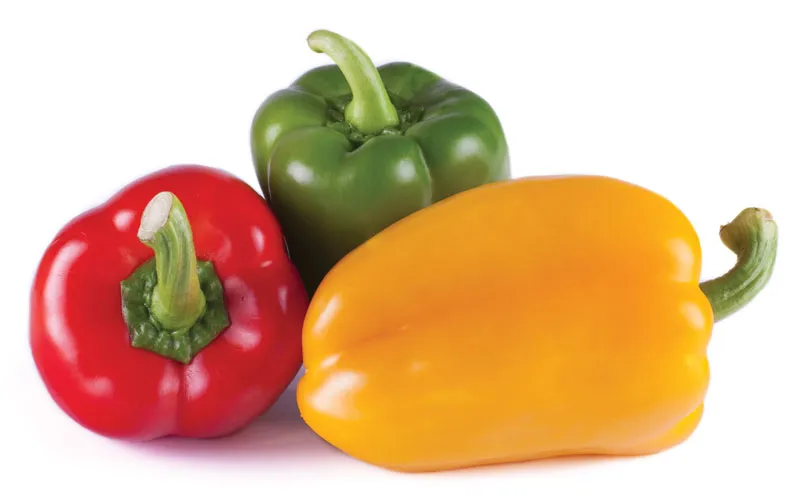
Description
Sweet potato stems, which are typically long and trailing, feature variously shaped leaves with or without lobes. What is edible is the much inflated tuberous root, which might resemble a oblong, fusiform, or pointed oval. Roots may be orange, white, or occasionally purple on the inside. They can have a light buff, pink, or brown exterior. The pulp of orange-fleshed varieties is mostly comprised of starch and is rich in beta-carotene.
Varieties
‘Beauregard’: This well-liked commercial variety grows potatoes that take 100 days to mature and have a pale reddish exterior and dark orange flesh.
‘Bush Porto Rico’: After 110 days, this small vine produces a potato with copper skin and orange meat. This variety produces large yields, making it an excellent option for tiny gardens.
‘Centennial’: With an average maturation time of under 90 days, this cultivar has good disease resistance.
‘Georgia Jet’ is a popular fast-maturing variety known for its orange meat and reddish skin. It matures in about 90 days.
Patriot: This variety is a favourite for organic gardening due to its exceptional insect resistance. The potatoes have orange flesh and copper skin.

Uses
The fleshy roots are cooked and eaten whole or mashed as a vegetable. They are also used as pie filling. The crop has historically been grown in Japan for drying, making starch, and making alcohol.
Nutrition
Sweet potatoes that have been roasted in their skins have 76% water, 21% carbs, 2% protein, and barely any fat (table). A baked sweet potato has 90 calories per 100 g of reference material, as well as substantial amounts of vitamins A, C, manganese (24% DV), and B6 (20% DV). It is a modest source of potassium and some B vitamins (10–19% DV).
Cultivation
Anywhere there is enough water to support their growth, sweet potatoes are grown in tropical and warm temperate climates. Although sweet potatoes do well in heavier, clay-rich, and organically modified soils, they thrive in light, sandy soils. Full sun needs at least six hours of direct light per day.
Table





